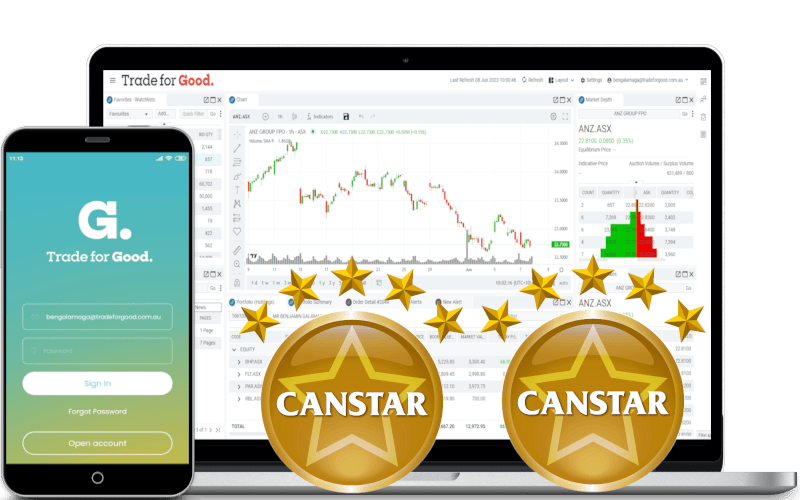Cost of Capital:
How is it used in share trading

The cost of capital is the minimum return a company needs to earn on investments to satisfy its investors – both lenders and shareholders.
This rate serves as a threshold for evaluating whether potential projects will create value for the company.
Components of Cost of Capital
- Cost of Debt: The effective interest rate a company pays on its borrowings, calculated using interest expenses and adjusted for tax deductions.

Where:
- Rf = Risk-free rate
- T = Corporate tax rate2. Cost of Equity: The return shareholders expect when investing in company shares. Unlike debt, this cost is implicit rather than explicit.

Where: - Es = Expected return for the security
- Rf = Risk-free rate
- βs = Sensitivity of the security to market risk
- Rm = Expected market return
Weighted Average Cost of Capital (WACC)
WACC measures a company’s overall cost of capital by combining debt and equity costs based on their proportions in the capital structure.
![]()
Where:
- E = Market value of equity
- D = Market value of debt
- V = Total market value of the company’s financing (Equity + Debt)
- Es = Cost of equity
- KD = Cost of debt
- T = Corporate tax rate
Importance in Decision-Making
Companies can make better financial decisions by understanding their true cost of capital and risk tolerance.
Cost of Capital in Share Trading
The Bottom Line

What you learn here has been used in our Trade for Good software.
Click on the button to find our software education videos.
You can read more of our educational articles in the Trade for Good Learn section
Trade for Good Learn

